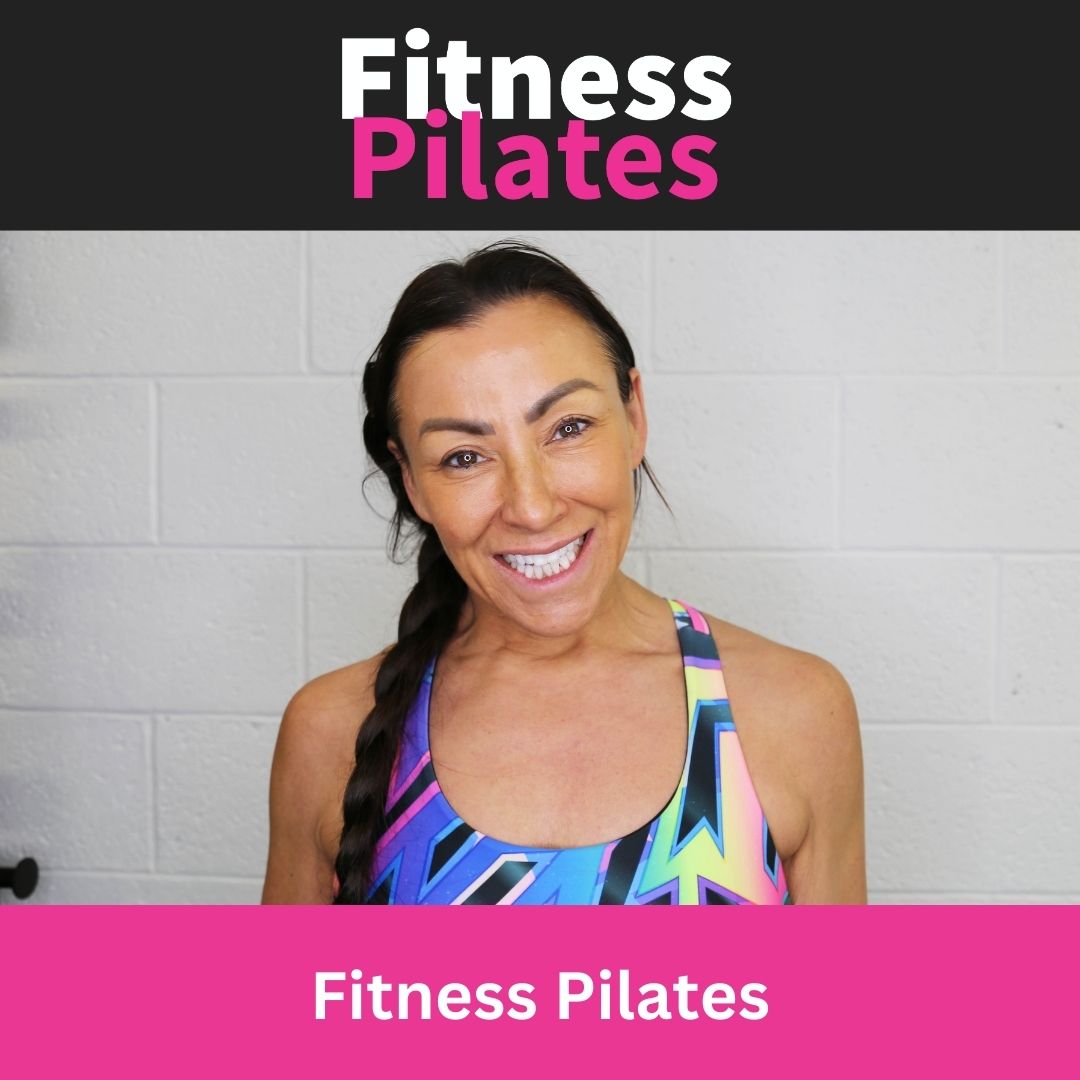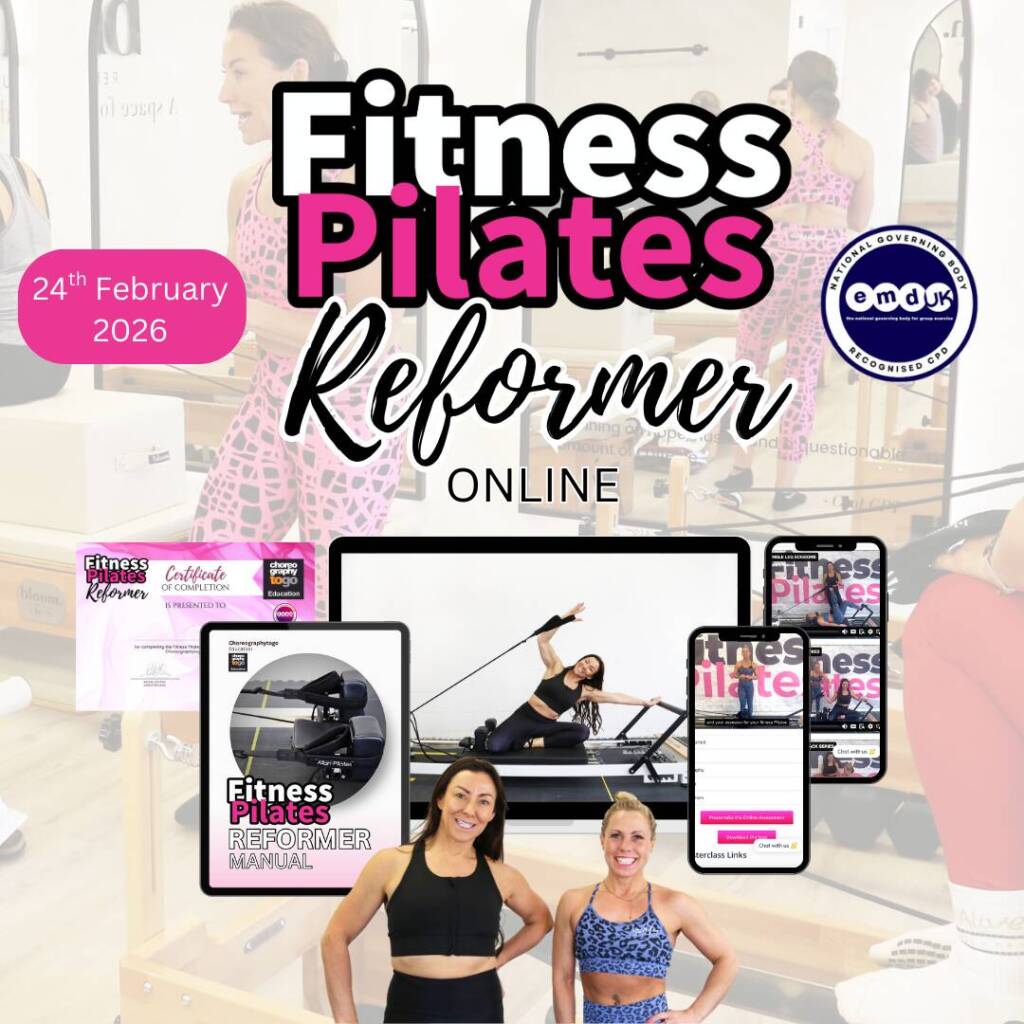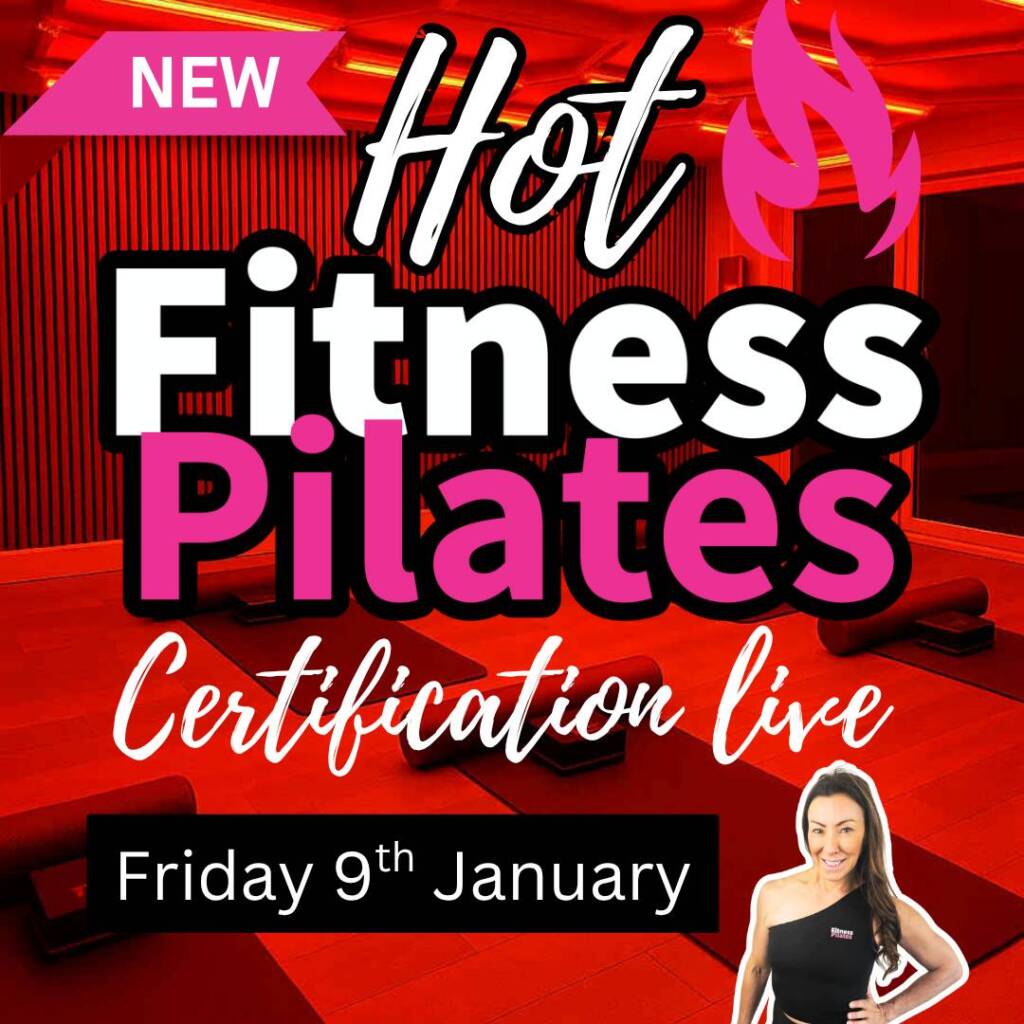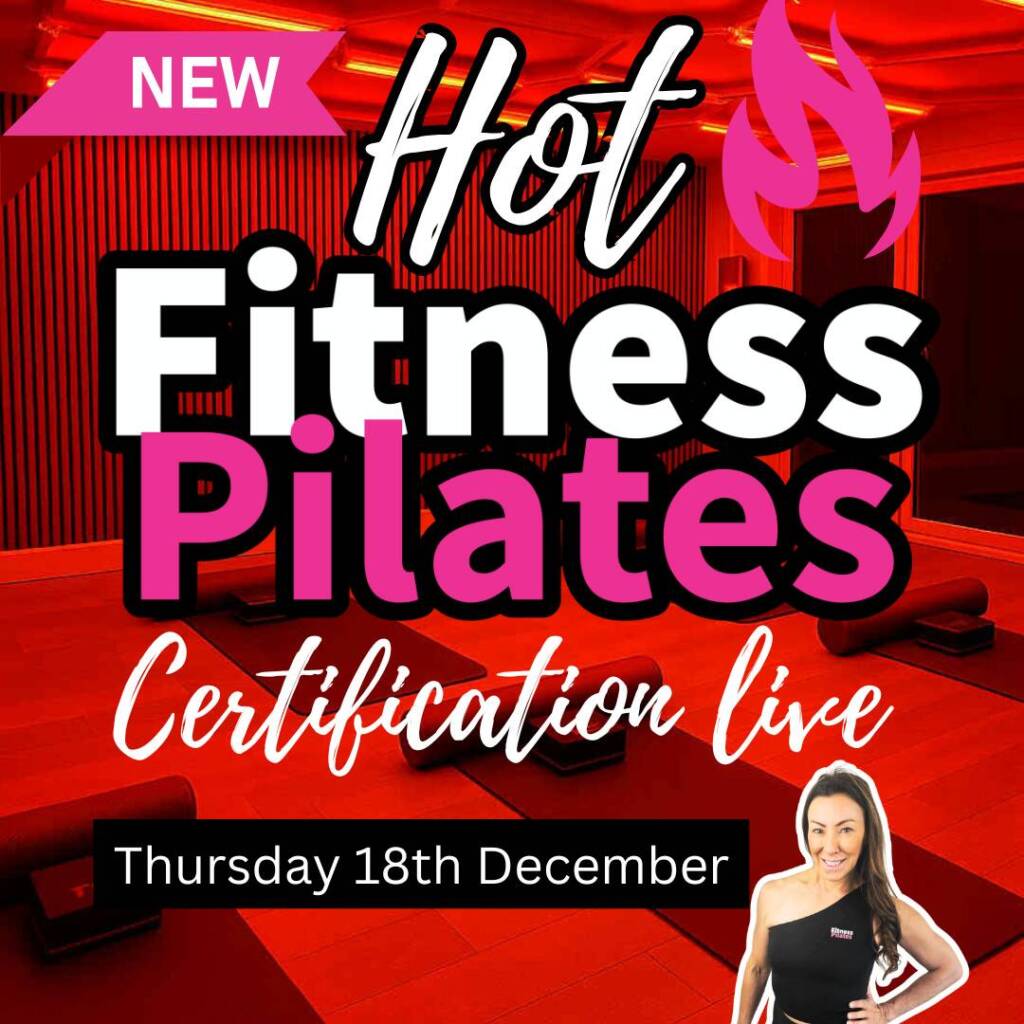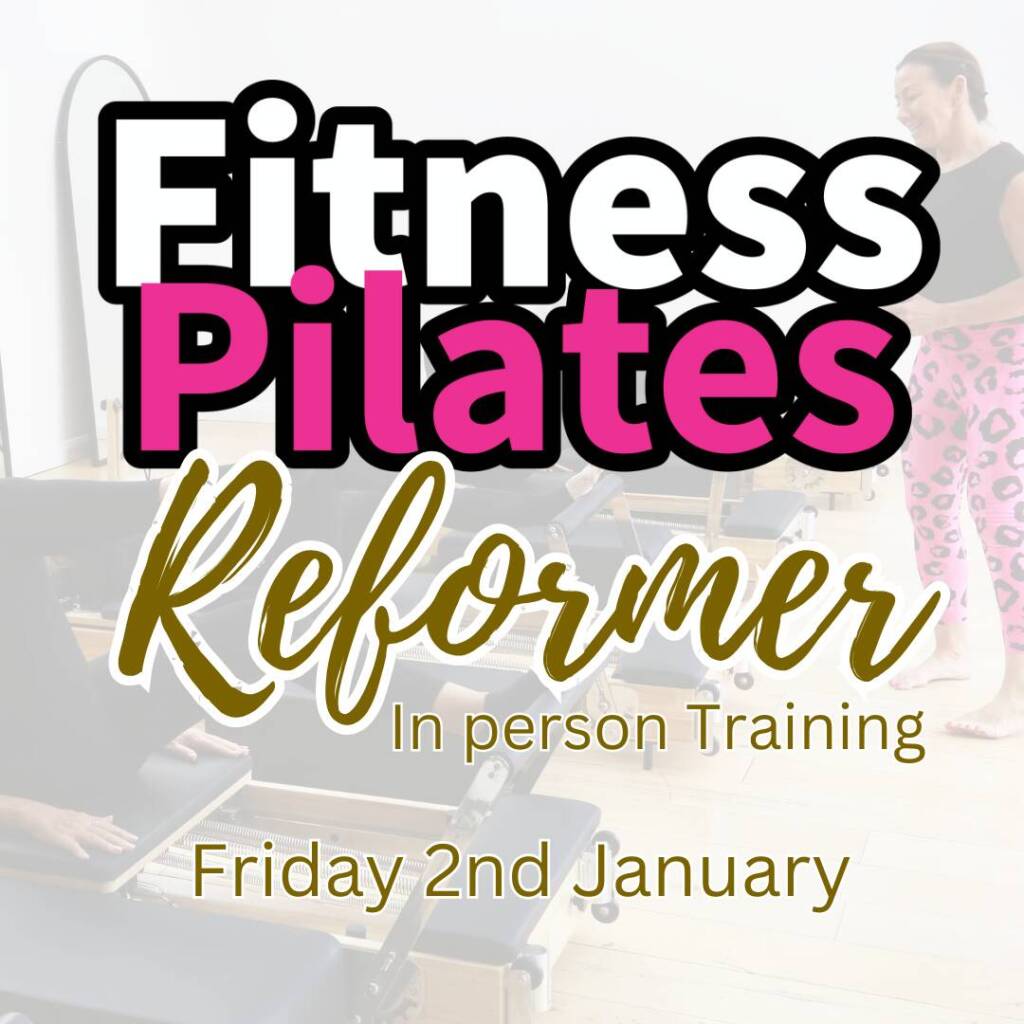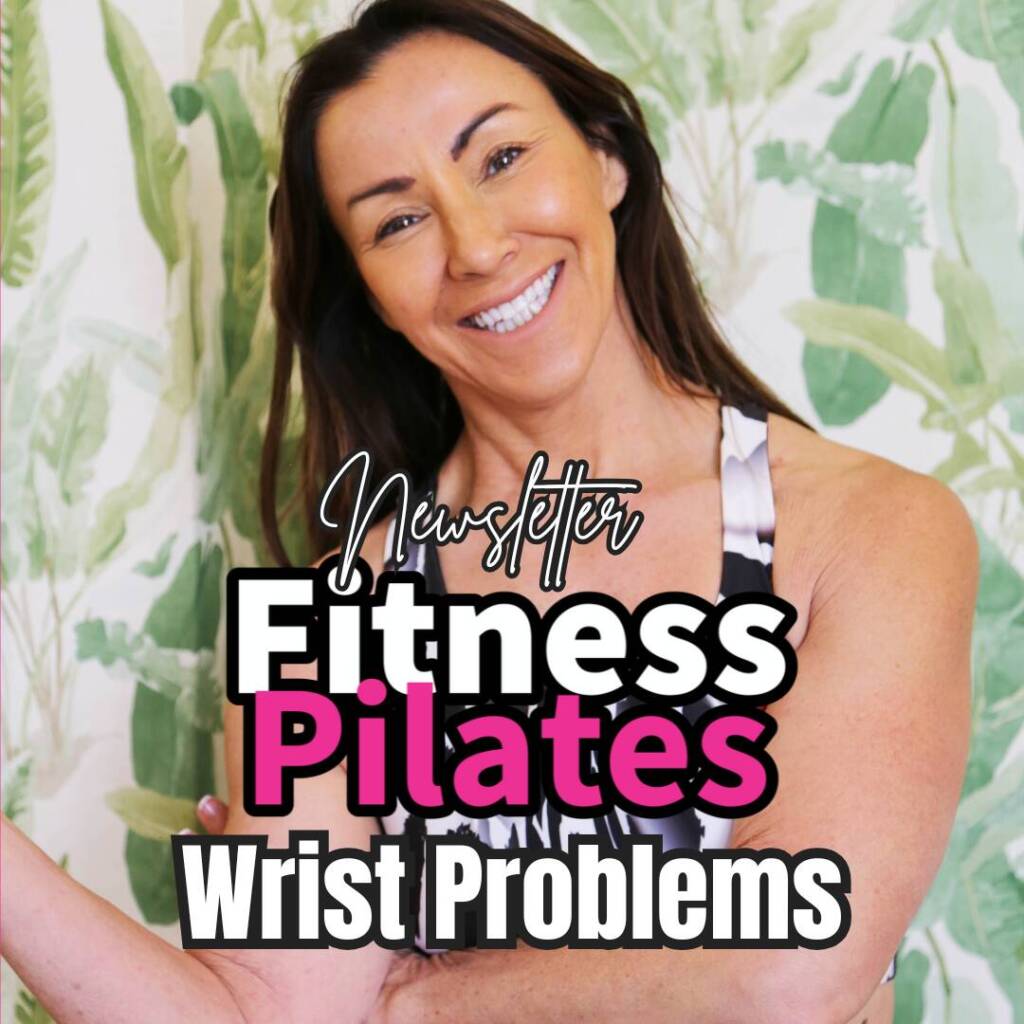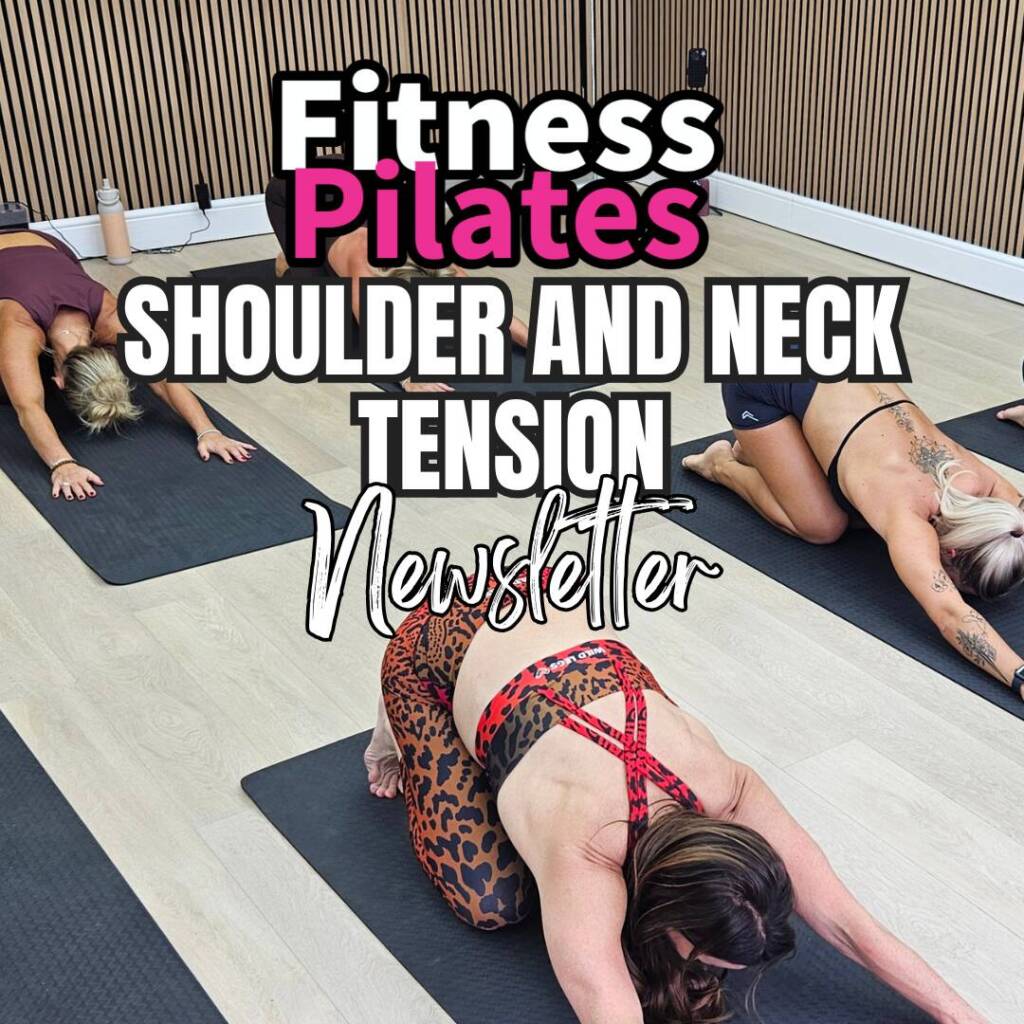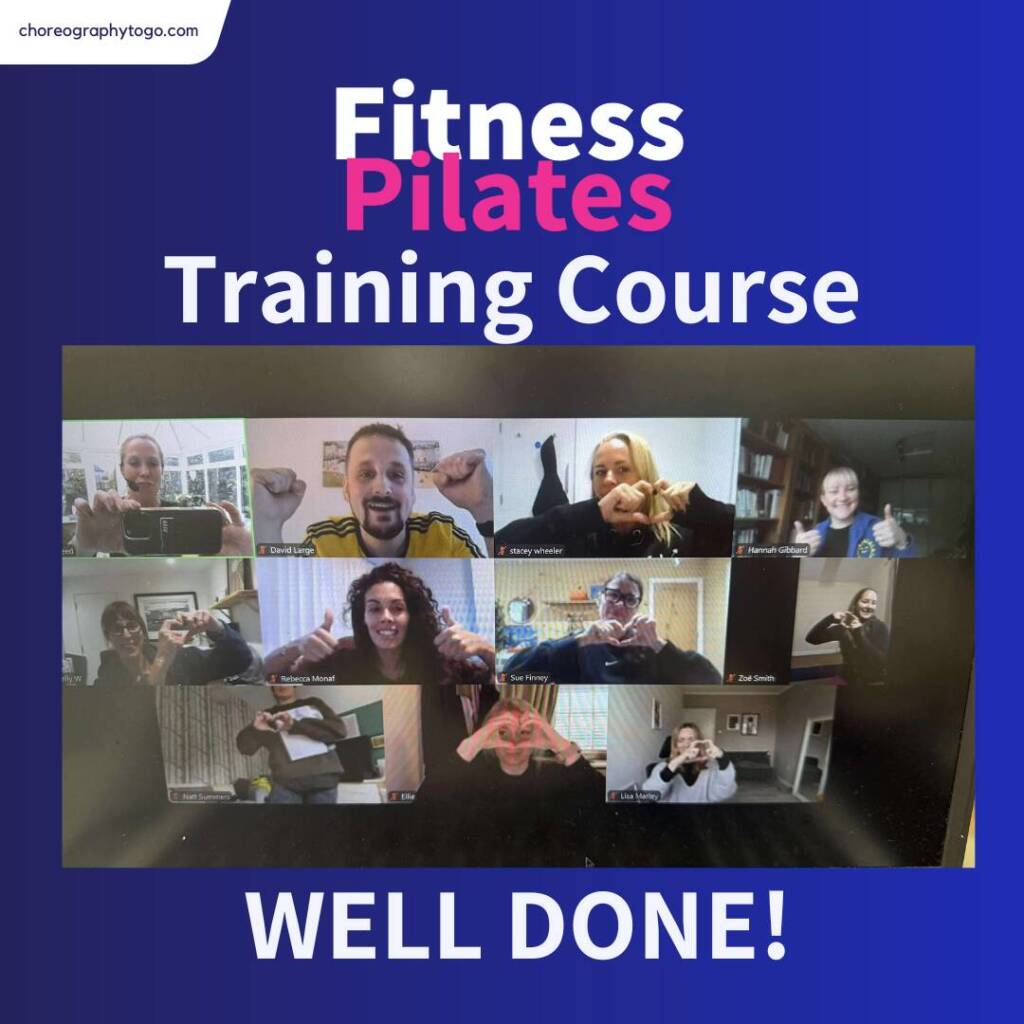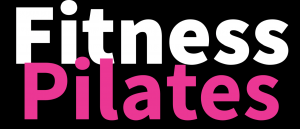
The Fitness Pilates Blog
Herniated disc and Fitness Pilates
Welcome to the Fitness Pilates Weekly Newsletter
All year, I’ve been sharing insights into common health conditions that clients often present with — what to avoid, how to manage them safely, and how to adapt your sessions effectively.
I hope you’ve found these tips useful in supporting your clients’ progress and confidence.
It’s been a full-on week of teacher training, with both the Level 3 Reformer course and our Reformer Masterclass. Next week, we move straight into Fitness Pilates Reformer course which I am excited for and the level 3 Pilates Diploma
 Music Inspiration
Music Inspiration
Here are my current favourite Fitness Pilates releases from Pure Energy Music.
- Restorative 2: Sounds of Nature
- Ibiza Days
- Ibiza Nights
- Winter Chill
- Mind Body Deep Work Vol. 2
 Understanding a Herniated Disc
Understanding a Herniated Disc
 What It Is
What It Is
A herniated disc (also known as a slipped disc or prolapsed disc) occurs when one of the soft, gel-like cushions (intervertebral discs) between the vertebrae in the spine bulges or ruptures, allowing the inner material (nucleus pulposus) to press on nearby nerves.
This can happen anywhere along the spine, but it’s most common in the lumbar region (lower back) — particularly between L4-L5 and L5-S1 — and occasionally in the cervical (neck) area.
 What Happens Biomechanically
What Happens Biomechanically
Each spinal disc acts as a shock absorber and allows smooth motion between vertebrae. When the disc herniates, the inner gel protrudes through the tougher outer layer, which can:
- Compress or irritate a spinal nerve root
- Cause inflammation and muscle guarding
- Restrict movement and flexibility
- Lead to pain that radiates (e.g., down the leg — “sciatica”)
 How It Affects Movement
How It Affects Movement
Clients with a herniated disc may experience:
- Pain or stiffness when bending forward, sitting, or twisting
- Sharp, shooting pain that travels down the leg or arm (nerve impingement)
- Weakness or numbness in affected muscles
- Loss of mobility through the lumbar spine
- Guarded movement patterns — clients often brace the core or shift weight to one side to avoid pain
Typical movement restrictions:
- Limited flexion (forward bending)
- Difficulty with loaded spinal rotation
- Reduced tolerance to sitting or flexion-based activities
 Fitness Pilates: What to Focus On
Fitness Pilates: What to Focus On
The goal is to stabilise the spine, improve posture, and build core control without increasing pressure on the discs or compressing the spine.
 Recommended / Beneficial Exercises
Recommended / Beneficial Exercises
1. Neutral spine awareness & core activation
- Pelvic tilts (gentle, small range)
- Neutral spine set-ups in supine or quadruped
- Transverse abdominis activation / breathing work
2. Gentle mobility & decompression
- Cat–Cow (controlled, small range, avoid end-range flexion)
- Supported extensions (e.g., Sphinx, mini Cobra) if tolerated
- Child’s Pose or shell stretch (modified if painful)
3. Glute & hip strengthening
- Shoulder bridge (small lift, avoid high arching)
- Clamshells, side-lying leg lifts
- Standing hip extensions and balance work
4. Stability & alignment
- Four-point kneeling arm/leg reach (Bird Dog)
- Wall roll-down (partial, if comfortable)
- Standing Pilates sequences with posture focus
5. Breathwork & relaxation
- Diaphragmatic breathing
- Gentle pelvic floor work
- Supine relaxation in neutral with support under knees
 Exercises to Avoid (Especially in Acute Phase)
Exercises to Avoid (Especially in Acute Phase)
Avoid movements that increase spinal compression or flexion:
- Full roll-downs / roll-ups (increased intradiscal pressure)
- Spinal flexion under load — e.g., double leg stretch, teaser, hundreds in flexion
- Deep twisting or rotation (can aggravate nerve compression)
- High bridging or backbends if they cause pain or nerve symptoms
- Loaded or dynamic flexion movements — e.g., sit-ups, jackknifes
- Jumping or impact-based exercises
During flare-ups, focus on rest positions, gentle mobility, and breathwork until pain subsides.
 Pilates Instructor Notes
Pilates Instructor Notes
- Keep clients in pain-free ranges.
- Use props — cushions, small balls, or a soft mat — to maintain neutral.
- Encourage slow, mindful movement and controlled breathing.
- Avoid fatigue — once core stabilisation is lost, compensation increases pressure on the discs.
- Over time, gently rebuild mobility, endurance, and balance.
 Summary
Summary
A herniated disc doesn’t mean movement stops — it means movement needs to be mindful, supported, and stabilising.
Fitness Pilates offers an ideal framework: focusing on alignment, control, breath, and strength while avoiding excessive spinal load.
Progress gradually from gentle stabilisation to functional strength, always guided by comfort and control.
Are you looking for new Fitness Pilates Ideas? Check out the new October masterclass Collection.
Have a great Sunday
Rachel x
Questions whats app me 07976 268672
Join the weekly free Fitness Pilates newsletter here
UPCOMING PILATES COURSES
See the next Fitness Pilates training course dates here
See the next Reformer pilates training dates here
See the next Level 3 Pilates dates here
Have You Trained to Teach Fitness Pilates?
If you’re a qualified Fitness Pilates instructor, did you know that it’s required for insurance purposes — to update your CPD (Continuing Professional Development) every two years? See our updated list of CPD courses here
Share this post:
Latest Fitness Pilates Courses & Classes

Infrared Fitness Pilates Hot & Reformer Masterclass in C2GO Studio For Fitpros January
£55.00


The latest Fitness Pilates blogs & news
Join the Fitness Pilates newsletter
A short description introducing your business and the services to visitors.
